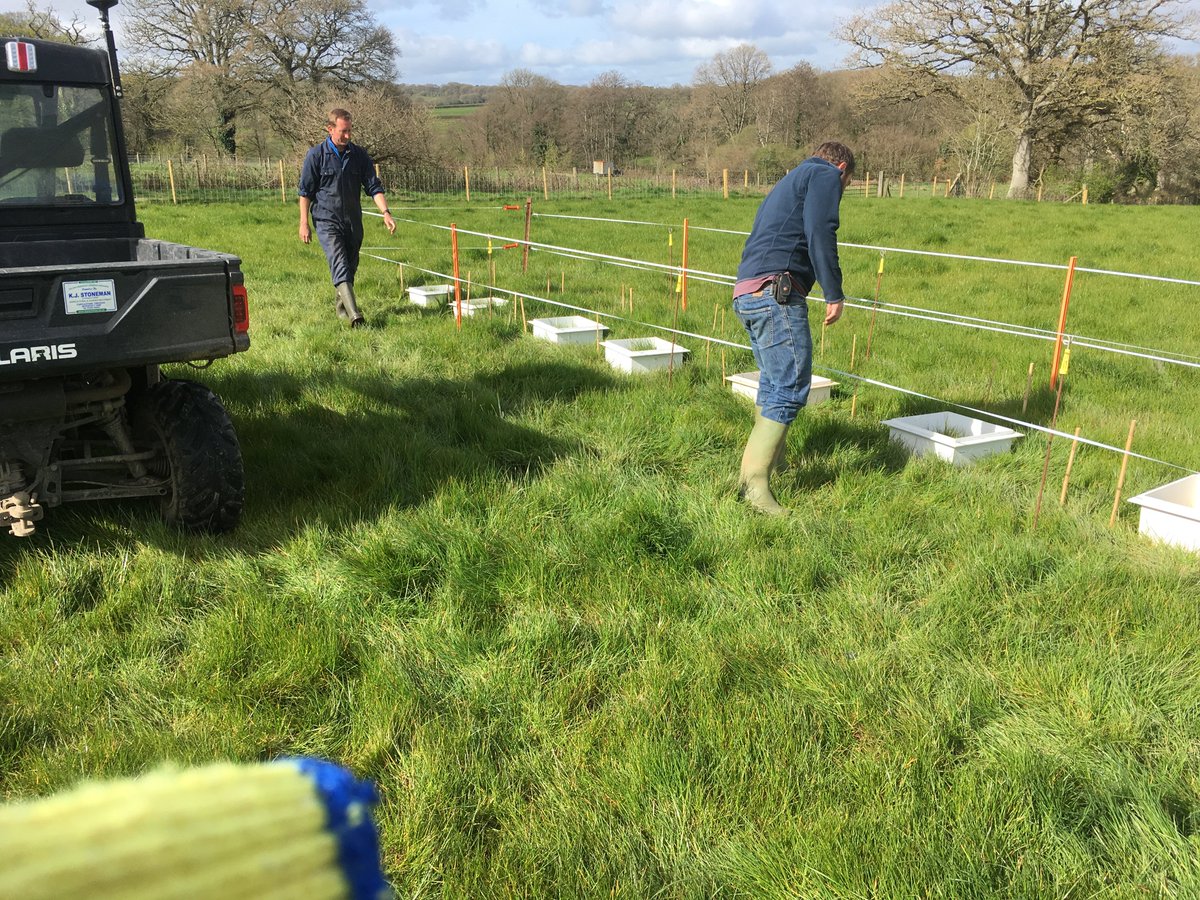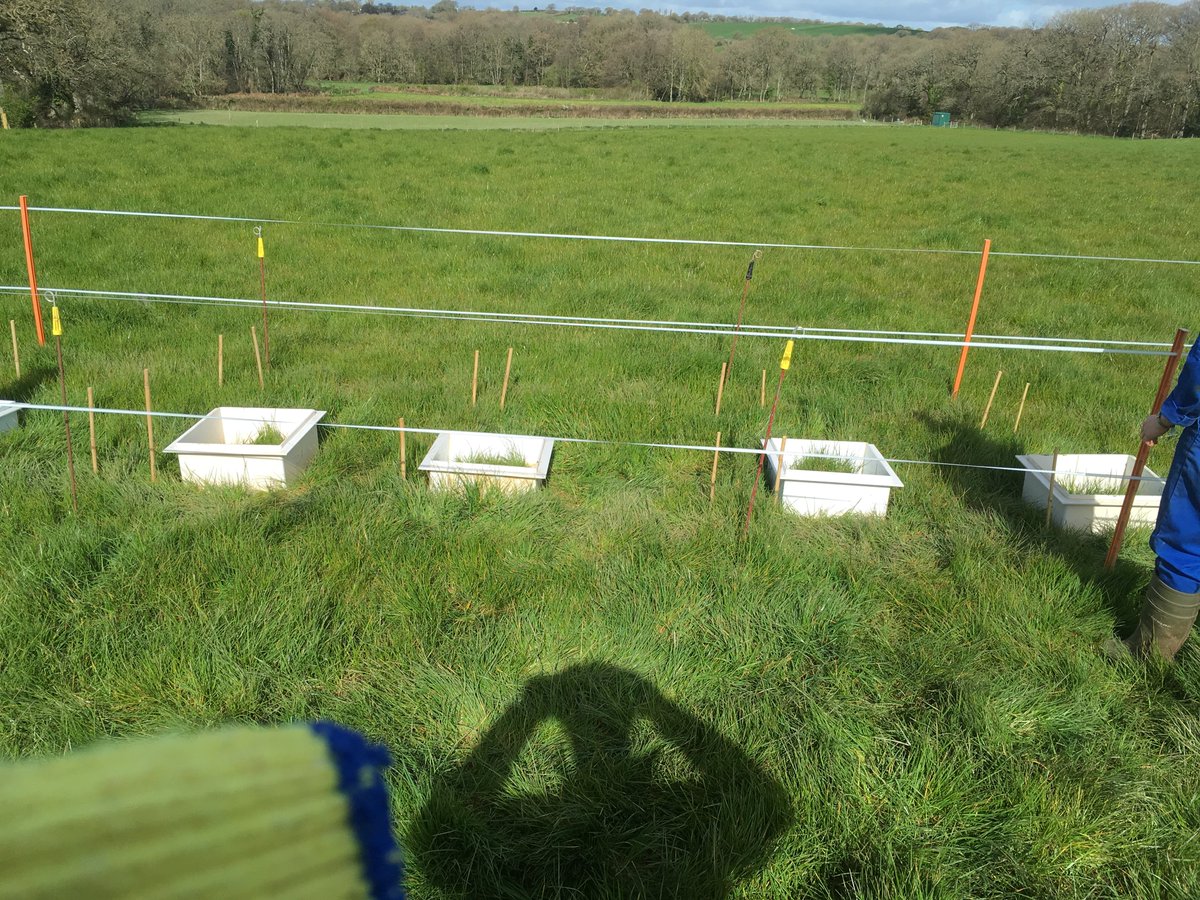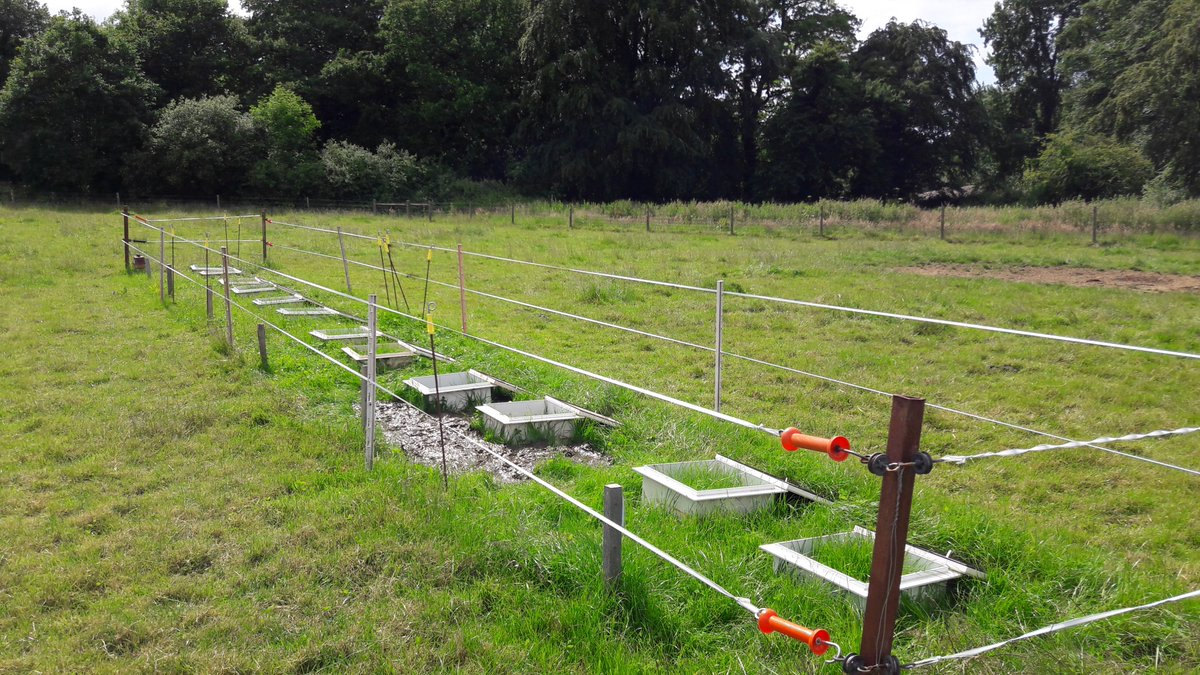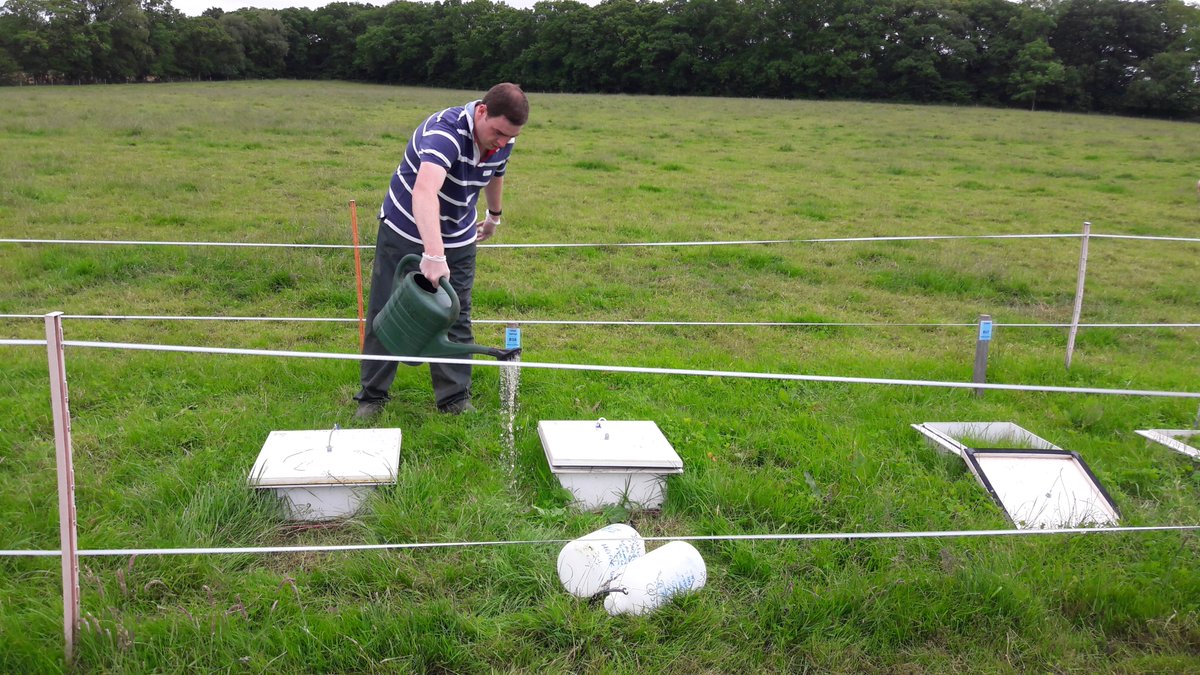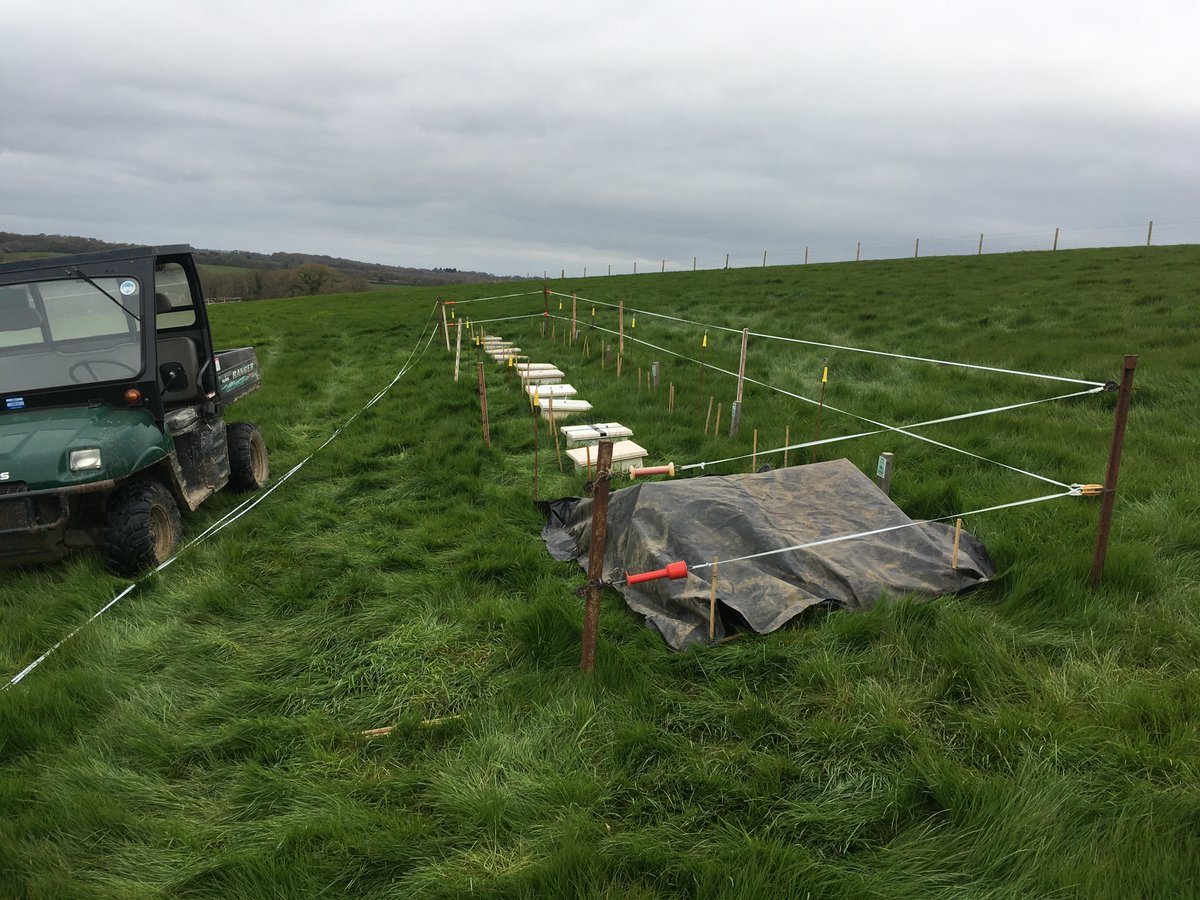In light of our recent publication, I promised some fellow Tweeters to provide a synopsis of the study on here. This is my first attempt at a thread, so buckle up!
Before we get started, I have one announcement: the paper (linked in the original tweet) is now #openaccess https://abs.twimg.com/emoji/v2/... draggable="false" alt="😊" title="Smiling face with smiling eyes" aria-label="Emoji: Smiling face with smiling eyes"> https://twitter.com/G_A_McAuliffe/status/1261618353447358465">https://twitter.com/G_A_McAul...
https://abs.twimg.com/emoji/v2/... draggable="false" alt="😊" title="Smiling face with smiling eyes" aria-label="Emoji: Smiling face with smiling eyes"> https://twitter.com/G_A_McAuliffe/status/1261618353447358465">https://twitter.com/G_A_McAul...
Before we get started, I have one announcement: the paper (linked in the original tweet) is now #openaccess
@Rothamsted& #39;s @FarmPlatform is located in Devon, SW England. At the time of the experiment, the Farm Platform comprised three distinct grazing systems: (1) permanent pasture (PP); (2) white clover/high sugar grass mixed sward (WC); (3) high sugar grass monoculture (HS).
Permanent pasture is by far the most common type of pasture management in the UK; however, high sugar grass and white clover leys are also used widely, albeit at much lower rates than permanent swards (usually categorised as not having been ploughed for at least five years).
High sugar grasses are unique as they replace a portion of protein (which is often in excess of ruminant requirements) in grass with water-soluble carbohydrates. This typically results in less nitrogen (from proteins) in excreta, which we did observe in the current study.
White clover, on the other hand, is often used in a sward as a replacement for inorganic fertiliser (e.g. ammonium nitrate) because its roots have the ability to capture or "fix" nitrogen from the atmosphere.
With this background information in mind, we set about designing an experiment whereby we could monitor flows of nitrogen from soil to forage to cattle and back to soil again (as deposited urine or dung) thus capturing effects unique to different pasture-types.
Following experimental-design, one of the next steps was to acquire urine and dung from cattle.... I& #39;ll spare you the exact details, but the photos below should give an idea of what was involved. One of the big achievements was teaching cattle to use a barrel for #2s https://abs.twimg.com/emoji/v2/... draggable="false" alt="😄" title="Smiling face with open mouth and smiling eyes" aria-label="Emoji: Smiling face with open mouth and smiling eyes">
https://abs.twimg.com/emoji/v2/... draggable="false" alt="😄" title="Smiling face with open mouth and smiling eyes" aria-label="Emoji: Smiling face with open mouth and smiling eyes">
(That last part was a joke, just in case I end up in an article claiming "Cattle can now use lavatories by themselves" in certain newspapers)
Alongside collecting material essential for the experiment, a lot of work was also required to install the plots where the measurements would be conducted. Electric fencing was put in place to prevent cattle from trampling the plots during grazing (which was largely successful)
Once the plots were installed, we commenced measurements to get baseline nitrous oxide emissions. In June, we amended soils with urine, dung and nitrogen fertiliser on each of the plots on each of the farms (PP, WC and HS).
One of the unique aspects of the study, however, was to standardise the volume of excreta being applied rather than standardising the amount of nitrogen applied. By taking this approach, we were able to isolate effects of excreta produced from the same land it was applied to
(This contrasts with many other field-based nitrous oxide studies which standardise the amount of nitrogen being applied to determine the effect of soils; this is an interesting research question but not what we were trying to achieve here.)
When adding fertiliser (ammonium nitrate) we needed to ensure our controls were protected and therefore covered each of our control plots with tarp when fert spreading was occurring. We also added fert by hand to each of the chambers to ensure they received the appropriate amount
Measuring gaseous emissions is essentially a time-trial. Each chamber needs to be closed sequentially at equal time-gaps to ensure that, by the time you return to the first chamber, the measurements all occur at 40 minutes
To add to the challenge of sprinting around a field closing chambers and measuring the accumulation of gas, we also used certain plots to ensure the gaseous accumulation was linear. Therefore, we collected samples at 20 min and 60 min on one plot per block (three per field)
Now that you have an idea of the experimental goals and design, I will discuss some of the major findings.
(Please note I cannot cover every aspect of the study as there are so many facets to it)
(Please note I cannot cover every aspect of the study as there are so many facets to it)
As mentioned earlier, we did indeed find that animals grazing high sugar grasses (HS) had lower nitrogen in their excreta than PP and WC cattle. However, we also found that HS plots almost universally generated the highest cumulative nitrous oxide emissions.
This finding conflicts with some (but not all!) previous studies which found high sugar grasses to be beneficial in terms of lower nitrous oxide emissions. Nevertheless, not all is lost for high sugar grasses at the @FarmPlatform!
We also found that the inclusion of white clover, a source of nitrogen in soils, in a medium term high sugar grass ley decreases abundances of genes associated with nitrous oxide production compared with microbial communities observed under the high sugar grass monoculture sward.
So although we have not observed any empirical benefits in terms of environmental performance of high sugar grasses on their own, this is not the first time we have seen white clover and high sugar grasses perform well when combined together.
Our previous work (link below) found that the WC system had significantly lower carbon footprints than HS and PP due to lower usage of fertiliser nitrogen. These avoided emissions were associated with both production of the fertiliser and its application https://www.sciencedirect.com/science/article/pii/S0959652617324125">https://www.sciencedirect.com/science/a...
Thanks to our latest research, we have a novel opportunity to calculate farm-level emissions based on measured grassland losses of nitrogen. We hope this will take us one step further in improving our understanding of uncertainty of sustainability assessments of agri-food systems
Lastly, I would like to wrap up this thread by thanking my friends and colleagues (on Twitter) involved in making this study possible: @Lauracardenasr2 @FarmPlatform @John_Hunt_Devon @TeganDarch @ClaireHorrocks @DancingGeek_87 @Rothamsted @BBSRC

 Read on Twitter
Read on Twitter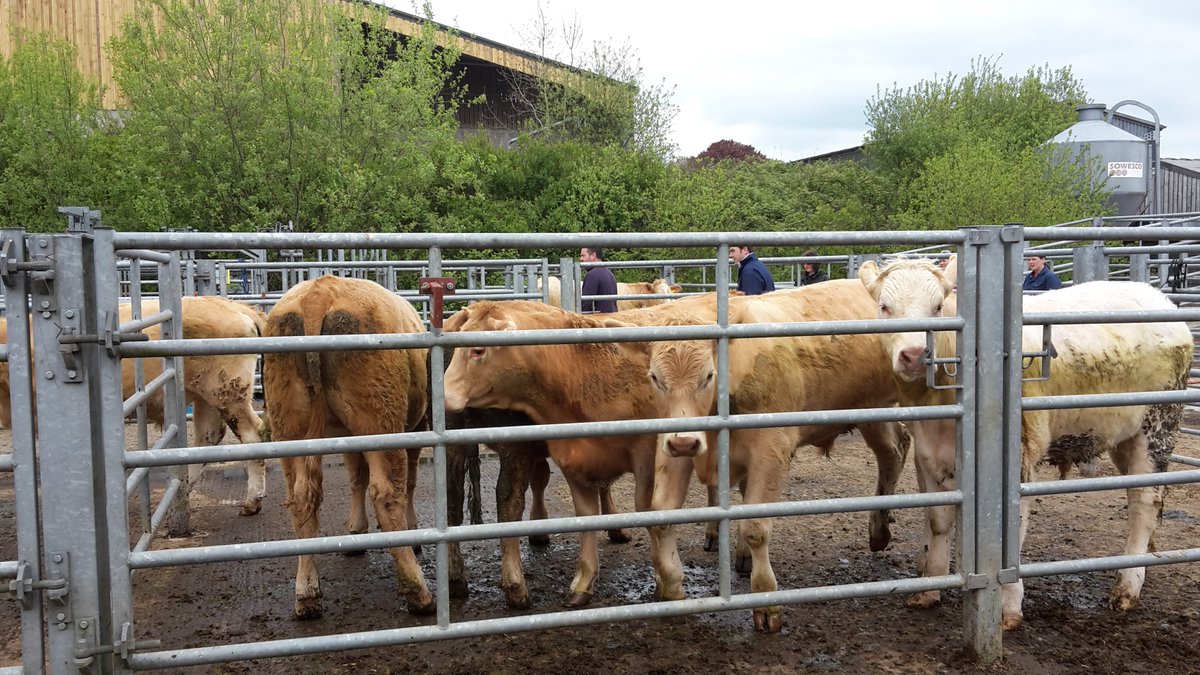 " title="Following experimental-design, one of the next steps was to acquire urine and dung from cattle.... I& #39;ll spare you the exact details, but the photos below should give an idea of what was involved. One of the big achievements was teaching cattle to use a barrel for #2shttps://abs.twimg.com/emoji/v2/... draggable="false" alt="😄" title="Smiling face with open mouth and smiling eyes" aria-label="Emoji: Smiling face with open mouth and smiling eyes">">
" title="Following experimental-design, one of the next steps was to acquire urine and dung from cattle.... I& #39;ll spare you the exact details, but the photos below should give an idea of what was involved. One of the big achievements was teaching cattle to use a barrel for #2shttps://abs.twimg.com/emoji/v2/... draggable="false" alt="😄" title="Smiling face with open mouth and smiling eyes" aria-label="Emoji: Smiling face with open mouth and smiling eyes">">
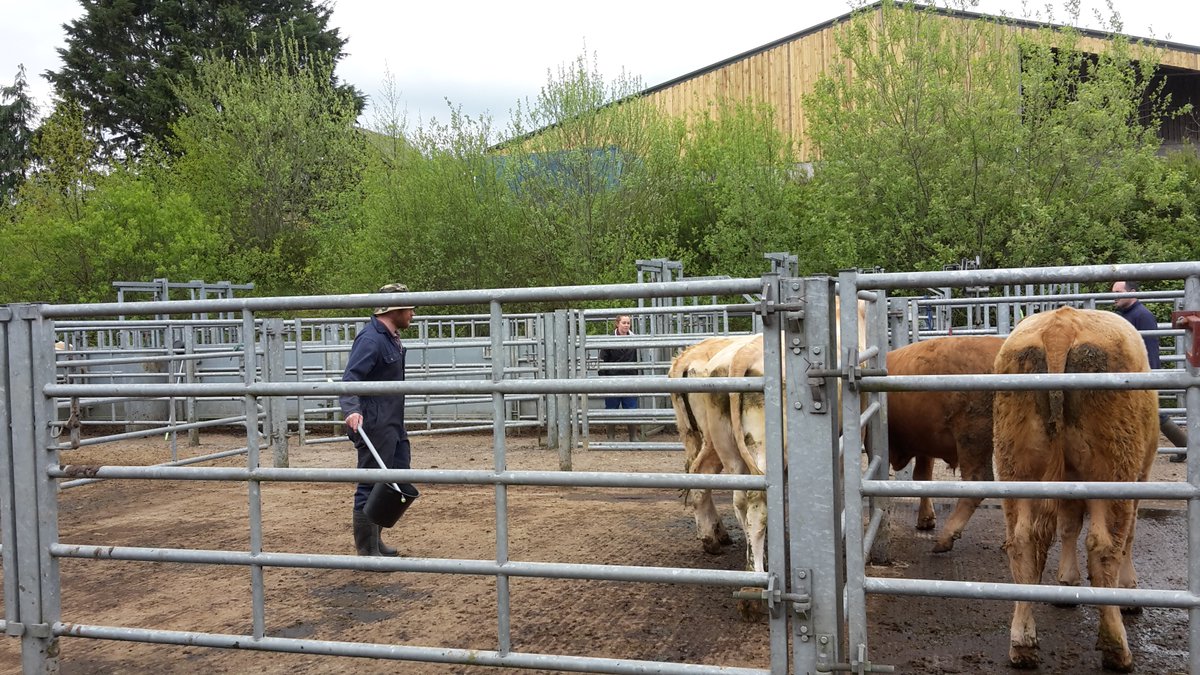 " title="Following experimental-design, one of the next steps was to acquire urine and dung from cattle.... I& #39;ll spare you the exact details, but the photos below should give an idea of what was involved. One of the big achievements was teaching cattle to use a barrel for #2shttps://abs.twimg.com/emoji/v2/... draggable="false" alt="😄" title="Smiling face with open mouth and smiling eyes" aria-label="Emoji: Smiling face with open mouth and smiling eyes">">
" title="Following experimental-design, one of the next steps was to acquire urine and dung from cattle.... I& #39;ll spare you the exact details, but the photos below should give an idea of what was involved. One of the big achievements was teaching cattle to use a barrel for #2shttps://abs.twimg.com/emoji/v2/... draggable="false" alt="😄" title="Smiling face with open mouth and smiling eyes" aria-label="Emoji: Smiling face with open mouth and smiling eyes">">
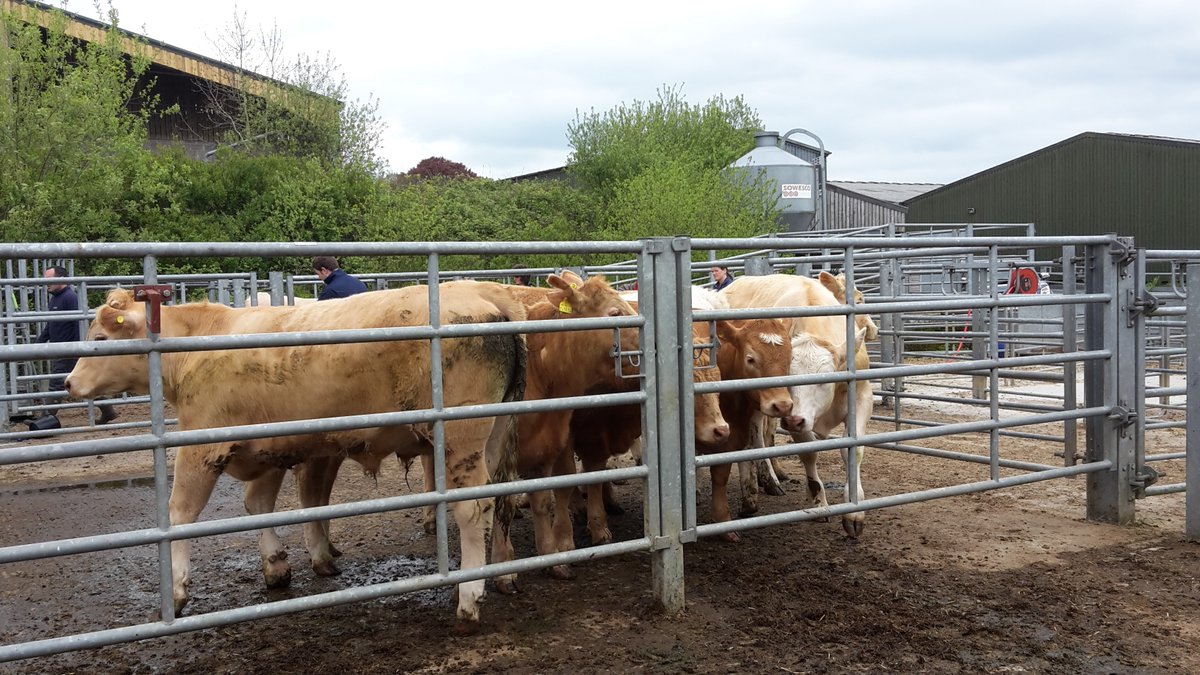 " title="Following experimental-design, one of the next steps was to acquire urine and dung from cattle.... I& #39;ll spare you the exact details, but the photos below should give an idea of what was involved. One of the big achievements was teaching cattle to use a barrel for #2shttps://abs.twimg.com/emoji/v2/... draggable="false" alt="😄" title="Smiling face with open mouth and smiling eyes" aria-label="Emoji: Smiling face with open mouth and smiling eyes">">
" title="Following experimental-design, one of the next steps was to acquire urine and dung from cattle.... I& #39;ll spare you the exact details, but the photos below should give an idea of what was involved. One of the big achievements was teaching cattle to use a barrel for #2shttps://abs.twimg.com/emoji/v2/... draggable="false" alt="😄" title="Smiling face with open mouth and smiling eyes" aria-label="Emoji: Smiling face with open mouth and smiling eyes">">
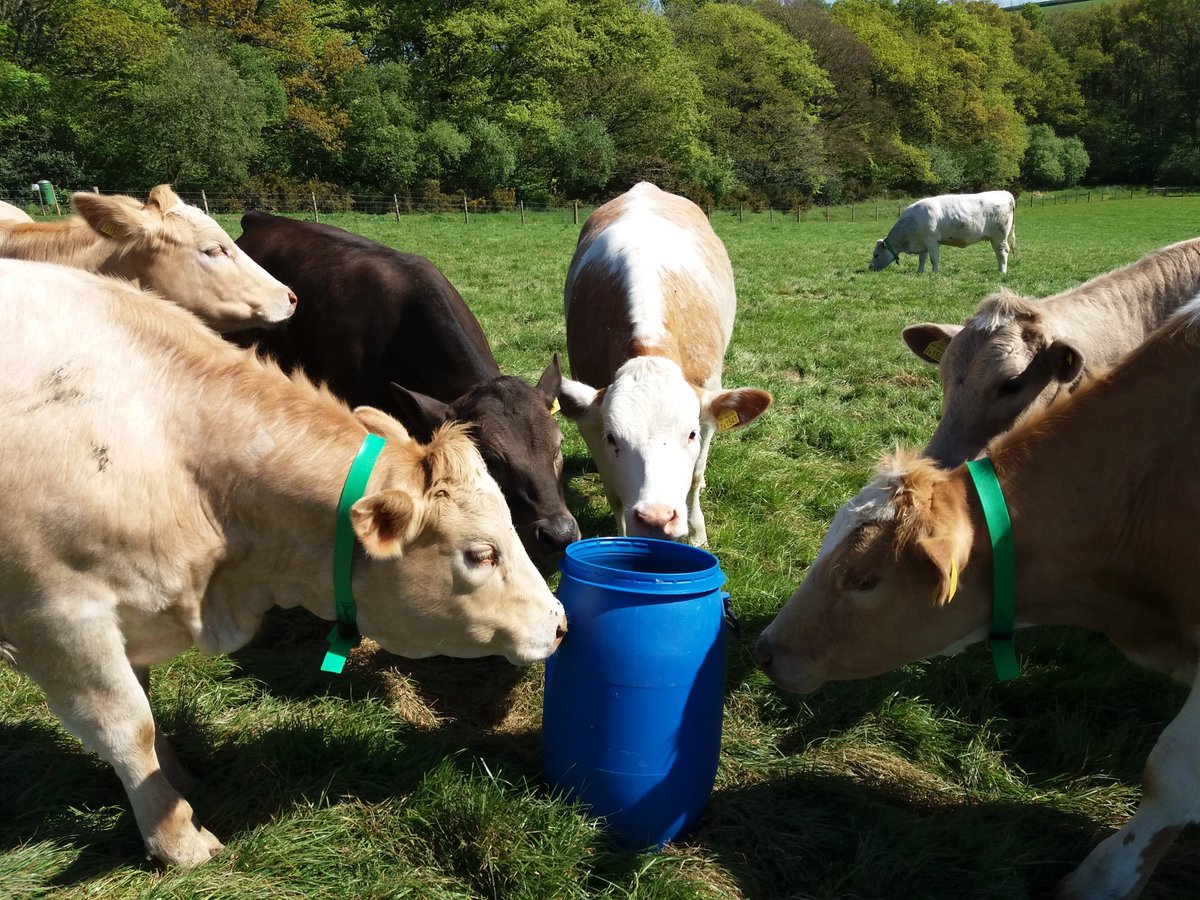 " title="Following experimental-design, one of the next steps was to acquire urine and dung from cattle.... I& #39;ll spare you the exact details, but the photos below should give an idea of what was involved. One of the big achievements was teaching cattle to use a barrel for #2shttps://abs.twimg.com/emoji/v2/... draggable="false" alt="😄" title="Smiling face with open mouth and smiling eyes" aria-label="Emoji: Smiling face with open mouth and smiling eyes">">
" title="Following experimental-design, one of the next steps was to acquire urine and dung from cattle.... I& #39;ll spare you the exact details, but the photos below should give an idea of what was involved. One of the big achievements was teaching cattle to use a barrel for #2shttps://abs.twimg.com/emoji/v2/... draggable="false" alt="😄" title="Smiling face with open mouth and smiling eyes" aria-label="Emoji: Smiling face with open mouth and smiling eyes">">
